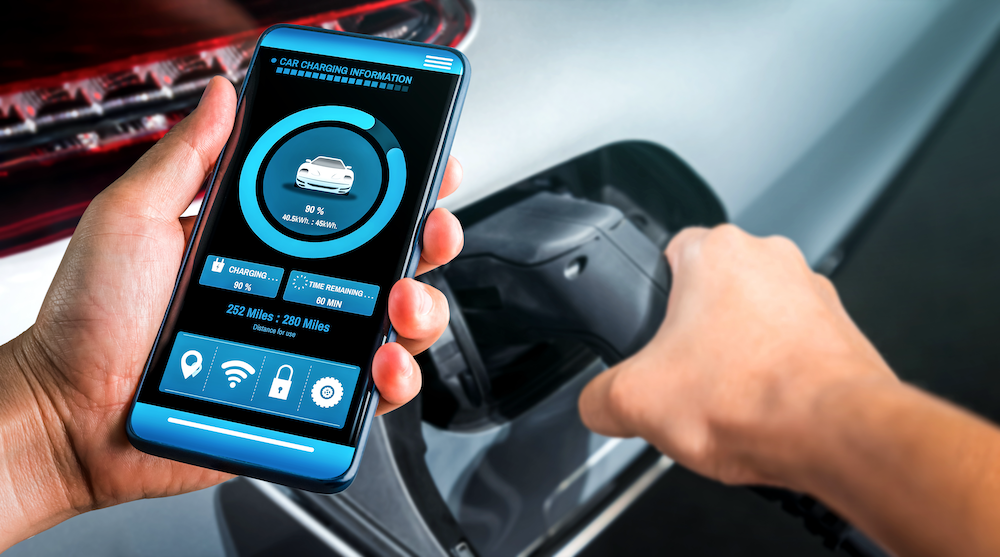V2X and HEMS: Thinking about home energy consumption

EVs are becoming an essential component of Home Energy Management Systems (HEMS). As there is increasing demand for smarter energy consumption, the storage potential of the EV battery is a logical tool for savvy consumers to use when looking to maximize their overall energy efficiency. Some governments are considering mandating some of this technology as we discussed here.
What are Home Energy Management Systems (HEMS)?
Home Energy Management Systems (HEMS) refer to integrated systems that enable homeowners to monitor, manage, and optimize their energy consumption. These systems typically consist of smart devices, energy management software, and renewable energy sources. HEMS allow users to make informed decisions about their energy use, leading to reduced costs and a smaller carbon footprint.
The Importance of Electric Vehicles in HEMS
Electric vehicles play a pivotal role in HEMS due to their unique ability to serve as mobile energy storage devices. While traditionally, EVs have been viewed solely as modes of transportation, their bidirectional charging capabilities enable them to become portable power banks. This capability means that EVs can be charged from the grid during periods of low demand and then discharge their stored energy back into the home or the grid when demand is high.
Vehicle to Everything (V2X) Technology
Vehicle to Everything (V2X) technology serves as a bridge between electric vehicles and various energy systems, including homes, buildings, and the power grid. V2X facilitates bidirectional energy flow between EVs and external energy systems, enabling the optimization of energy usage and storage. V2X encompasses several modes of interaction, including Vehicle to Home (V2H), Vehicle to Building (V2B), and Vehicle to Grid (V2G).
V2H allows the energy stored in EVs to be used to power homes during power outages or peak demand periods. This capability provides a backup power source and enhances grid resilience. V2B technology extends the concept further, allowing EVs to supply power to commercial buildings, which can be particularly useful during emergencies or to offset peak electricity demand.
V2G technology represents a symbiotic relationship between EVs and the power grid. It enables EVs to send excess energy back to the grid, acting as a mobile energy resource. This surplus energy can then be utilized during periods of high demand or to stabilize the grid. V2G technology not only helps balance the electricity supply-demand equation but also creates opportunities for EV owners to earn revenue by selling their excess energy.
Learn more …
To dive deeper into the concept of Home Energy Management Systems, Electric Vehicles, and Vehicle to Everything (V2X) technology, here are some sources that provide detailed and site-specific information:
National Renewable Energy Laboratory (NREL): NREL is a leading research institution that conducts extensive studies on sustainable energy solutions. Visit their website at www.nrel.gov for research publications on HEMS, EV integration, and V2X technology.
International Energy Agency (IEA): The IEA offers comprehensive reports and analysis on various aspects of sustainable energy, including EVs and their role in grid integration. Their website, www.iea.org, provides valuable insights into the global energy landscape.
Smart Electric Power Alliance (SEPA): SEPA is a nonprofit organization dedicated to the integration of clean energy resources. Their reports and resources on HEMS and V2X technology can be accessed at www.sepapower.org.
Electric Power Research Institute (EPRI): EPRI conducts research and development in the electricity sector, including EV integration and V2X technology. Visit their website at www.epri.com for
